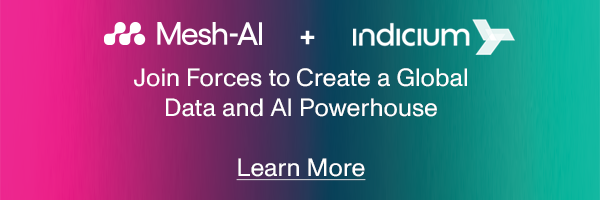


TL;DR
In globally connected organisations, policy exists at multiple levels, from global, regional and division specific policies in areas such as cyber security, financial crime and operational resilience to category specific controls and implementation guidelines. Adherence to a current policy that represents both the organisational standard and regulatory requirements is essential for these organisations.
To achieve this, organisations need to maintain and update policy documents, associated guidance and checklists at a number of levels. Harmonising policy, making changes to reflect new standards and ensuring that teams adhere to them is complex.
Traditionally, it relies on labour intensive work. Those responsible for policy need to keep it up to date. Those who need to work to the standards set by policy need to ensure they are always working to the latest version, and understand exactly when, where and how policy applies.
There is a considerable amount of manual work for different teams:
For those who need to work according to policy, simply understanding the latest version and its accuracy can be difficult.
Creating an initial policy repository and identifying the lineage typically takes months or years for a team. Maintaining this takes considerable effort for front, middle and back office teams.
Failing to stay on top of updating policy standards heightens the risk of non-compliance to standards, lack of adherence to controls for risk, and poor and inconsistent customer experience. Many organisations have seen large fines as they have failed to work to the current standard.
Our goal is to make the policy administration challenge simple for organisations. Significantly reducing the amount of manual work, increasing accuracy and ensuring compliance and adherence to standards. This reduces the risk of fines and gives teams more time to focus on the strategic impact of changes.
Incumbent approaches focus on GRC platforms for policy management that require manual effort to maintain and update lineage and clauses in each policy. This is time consuming and often inaccurate. Lineage is rarely granular, down to the clause.
Our approach uses generative AI as the key enabler for a full digital policy workflow. Lineage can be bootstrapped, down to individual clauses. This ensures that policy changes can be propagated across the system in seconds. Human elements of this work can focus on actioning suggested change, rather than understanding where change needs to be applied.

The digital policy workflow contains a full lineage between clauses and ensures that policy updates at all levels are transparent and actionable.
The AI-enabled digital workflow system also provides additional functionality:
The AI model composes suggested new clauses with calls to action and notifications for users. Complex policy and clause lineage is created by AI in minutes, rather than months of manual work.
This reduces the amount of manual effort required from months to minutes, as users simply receive notifications and suggested wording and are prompted to action the change. The drastic reduction in manual work allows teams to focus on strategically impactful activities. Accuracy and compliance is radically increased from the previous manual approach.
Our approach creates multi million £ savings in the administrative time needed across an organisation to manage policy, and avoidance of fines through non-compliance. It gives confidence to teams who must work to standards as set by policy as they have an at a glance understanding of accurate, up to date guidance.
This area contains huge opportunities for value to be created through AI, enhancing how teams across multiple domains engage with policy and ensure compliance.
